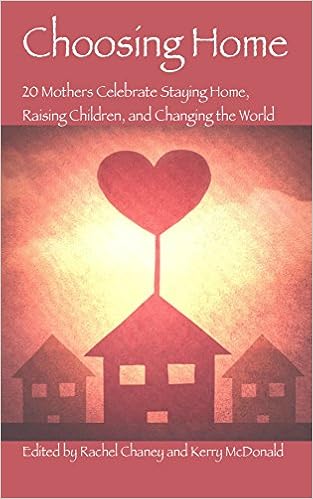Today, students across America will join in a national school walkout day to memorialize the 17 people tragically killed in the
recent Parkland, Florida school shooting and to advocate for stricter gun
control laws.
But what if they don’t go back?
The real protest would be to challenge the increasingly
restrictive environment of forced mass schooling that is leading to serious
mental health issues for children and adolescents. Recent data show that 20 percent of children ages 3 to 17 suffer from a mental, emotional, or
behavioral disorder. That is one out of every five children, or about 15
million kids.
The numbers keep getting worse, particularly regarding adolescent anxiety, depression,
and suicide. The suicide rate for teen girls ages 15 to 19 doubled between 2007
and 2015, reaching a 40-year high in 2015. The suicide rate for teen boys also
jumped 31 percent during those eight years.
While there are no clear answers as to why many American
teenagers are in such emotional turmoil, school seems to be a key factor.
Researchers at Vanderbilt University discovered
that, unlike adults who experience suicide increases during warmer months, children's suicidal feelings and attempts decline in summer and spike at back-to-school time.
School isn’t what it used to be. Today, young people are
spending much more time in school than ever before, beginning at earlier ages
and for much lengthier portions of the day and year than at any other time in
our history. University of Michigan researchers found
that children spent much more time in school and school-like activities in the
early 2000s compared to the early 1980s, with a corresponding decline in
outdoor play activities.
Since 2001 and the passage of the federal No Child Left
Behind Act, schooling has also become much more standardized and test-driven.
Common Core State Standards were adopted by most states in 2009, the same year
that Race to the Top grants enticed states to accept these national curriculum
frameworks. And in 2015, the Every Student Succeeds Act reinforced standardized
curriculum goals, with yearly testing expectations from 3rd through
8th grade and again in high school.
More restrictive schooling encompassing more of childhood,
along with a corresponding drop in free, unstructured childhood play, may be contributing to the alarming rise of childhood mental health disorders.
Boston College psychology professor, Dr. Peter Gray, argues in a journal article for
a causal link between the decline in childhood play and the rise in
psychopathology in young people.
As students walk out of their schools on Wednesday, they
should think seriously about whether or not they want to return. Instead of
spending their childhood and adolescence in increasingly restrictive,
test-driven mass schooling that is damaging their well-being, they could take back their own education and
explore alternatives to school that put them in charge of their own learning
and doing. With the support of their parents, they can regain their mental and
emotional health and chart a future that is meaningful to them.
These students can disentangle their own education and
individual passions and goals from the institution of forced schooling.
What a
protest that would be.
























Thank you, Kerry, for another powerful post.
ReplyDeleteToday I took a 6 am walk with a friend who works in the local middle school. March is our food drive month and students were encouraged to bring in at least one can of food each for the drive. Incentives were linked to the amount of food each homeroom brought in, including prizes. No attention was paid, by teachers or administrators, to the very real fact that our county needs food because a significant proportion of families live with food insecurity. Obviously that includes students in this school. The culminating event of the food drive was an all-school assembly with blaring music and a teacher versus teacher volleyball game. Sounds fun doesn't it? Better than social studies class.But students were only permitted to attend the assembly if they'd contributed at least one can or package of food. We're talking 12 and 13 year old kids who obviously can't go buy that food themselves. If they didn't contribute, they attended a "study hall." (Detention) Their names were posted at the door as "non-attendees." They could hear the blaring music as they sat in what were essentially public stocks for living in homes too chaotic or too poor to contribute to the food drive. This is school today...